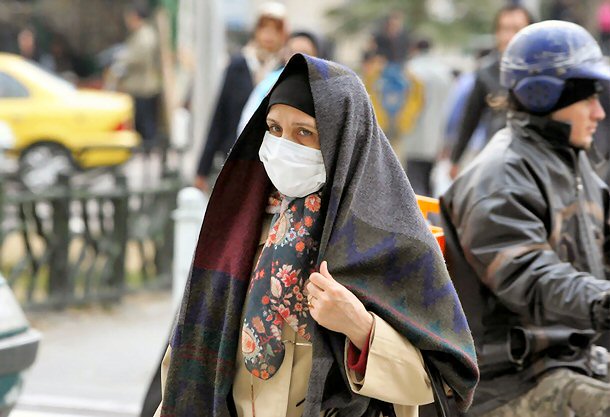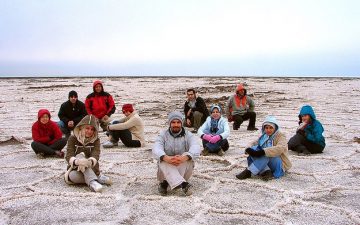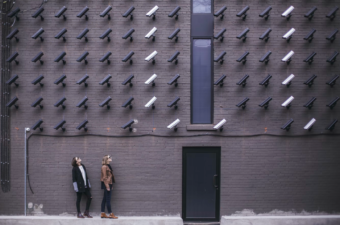The Iranian city now passes as one of the world’s most polluted cities, as smog, dust and smoke overcomes it.
Kids were allowed to go back to school in Tehran in April but despite the freedom from Covid’s endemic status the students were told to stay indoors as the air pollution surpassed all global limits, making Tehran in mid-April, the most polluted city in the world in terms of air quality.
Al Jazeera reported that Tehran’s “very unhealthy” average real-time air quality index was 236, according to global air quality monitoring company IQAir.
The Swiss company’s index showed an “unhealthy” reading of 183 by noon on Saturday mid-April, but local estimates on Friday at one point indicated an index of more than 500, the maximum level that can be read by the scale.
Old vehicles, smokestacks from factories and low-quality fuel used in Tehran were not the main cause this time. Storms and strong winds carried dust mainly from Iraq, and the effects of the more than normal dust is likely caused by climate change, drought and desertification.

A woman in Tehran wearing a mask years before Covid struck. She is protecting herself from the air pollution.
Some years ago Iranians opted to try car-free Tuesdays to curb air pollution. In 2016 it was estimated that 26 people a day die from Tehran’s poor air quality.
Tuesday was the day picked because it is in the middle of Iranian week when traffic congestion is high and air pollution is at its worst.
According to the New York Times air pollution in megacities is hitting an all-time high and it is causing unprecedented rates of early deaths:
“In many megacities, pollutants increased between 8 and 14 percent year to year, which is up to three times as high as national or regional rates of increase. And the vast majority appeared to come from industrial and residential sources, not from agricultural practices like biomass burning that have historically driven air pollution in tropical regions.
“Some 180,000 premature deaths in large tropical cities in 2018 alone were attributable to increased exposure to pollutants since 2005, according to researchers at University College London.
“That number, they noted, is made all the more alarming by the fact that nearly three-quarters of megacities, those with 10 million or more residents, are expected to be in the tropics by the end of the 21st century.”




